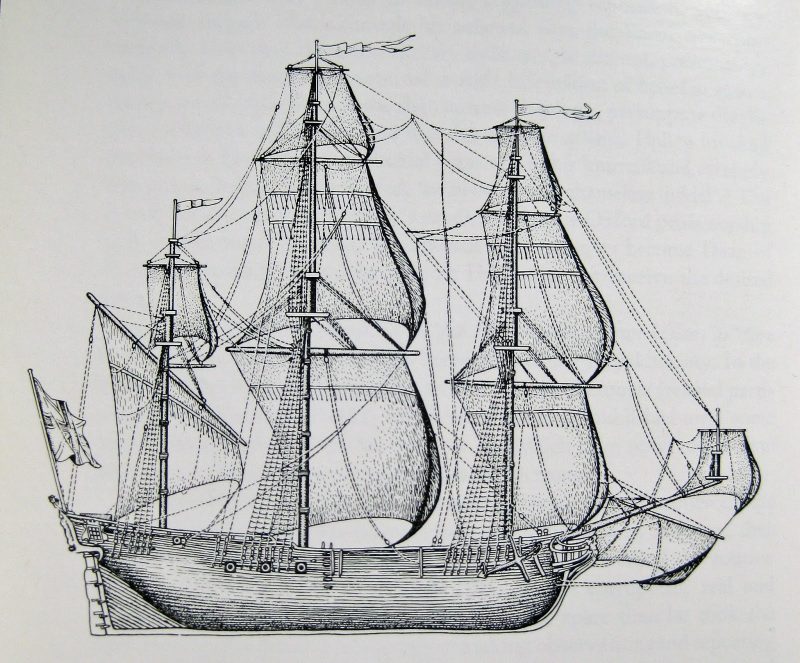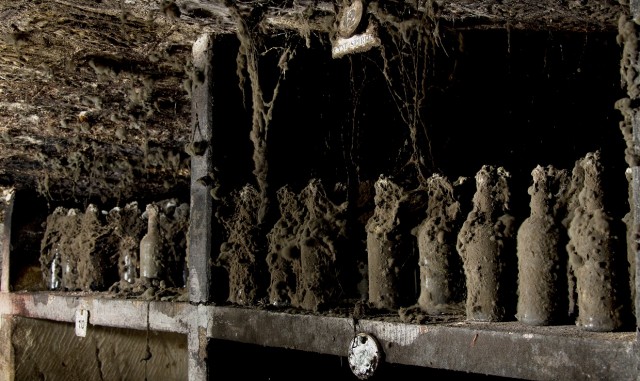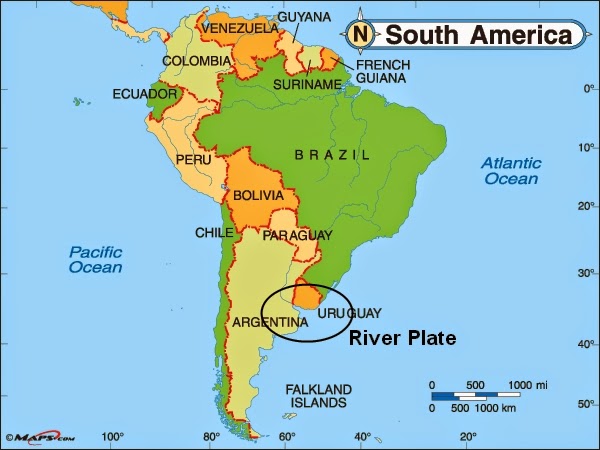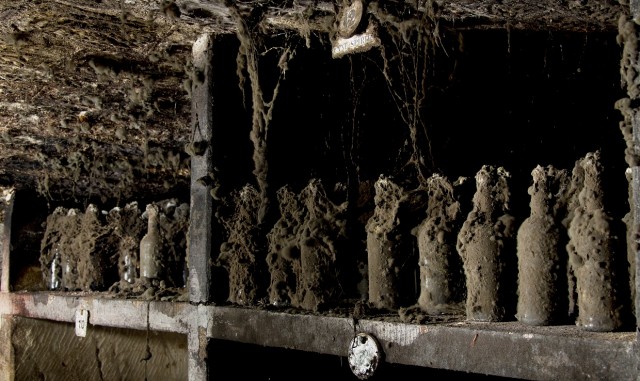Many legends and myths talk about how many of the ships that have sailed over time have held treasures of all kinds. Sadly, if a wreckage is found and not protected under law, the ancient treasure can fall victim to looters and never be seen again.Since finding a British warship off the coast of Uruguay, divers and archaeologists believe there could be a hoard of gold somewhere in the 1763 ship. The team working on the ship has a plan to completely salvage it.
The British warship Lord Clive was destroyed by Spanish cannon fire when an attack went wrong near the city of Colonia del Sacramento. The ship has been located since 2004, but due to strict laws on the preservation of shipwrecks the team was not able to touch it. Finally, the Uruguayan government has granted permission for the ship to be recovered.

The ship was found under rocks at the bottom of River Plate. There have been many myths and legends that this ship had carried treasure chests and rum. The man who found it, an Argentinian explorer, said that he will be raising money toward the recovery of the ship.
The explorer, Ruben Collado, explained that many people tend to donate money if a ship is known to have treasure. That way, if any treasure is found they may get some of that back in return for helping with the discovery process. Collado said that it is kind of like gambling – if people give $1,000 then they could have from $5,000 to one million dollars coming back to them.

Collado is a veteran shipwreck finder and has found dozens previously to Lord Clive. In 1984, he found Nuestra Senora de Loreto, which had contained millions of dollars of silver and gold coins. He believes that Lord Clive could hold something even more valuable than his other discoveries.
The Lord Clive was originally constructed in Hull for the Royal Navy. It was HMS Kingston before its name was changed. It is a six-deck, 64-gun ship bought in 1762 by the East India Company, which was the richest business in the world at the time. It was bought so that the ship and its crew could go on a military campaign in order to secure the markets and territory in Spain’s South American colonies during the Seven Years’ War.
The expedition proved to be a disaster and ended the following year. The ship ended up straying into the defensive line during the bombardment of Colonia del Sacramento. Once a fire broke out where the ammunition was stored, the ship sank. It took with it 272 crew members including Captain Robert McNamara. About 62 survivors managed to swim to shore but were captured and imprisoned. The officers of the ship were tried and hanged.

Finally, once peace was declared, the Spanish mariners gave the territory back to Britain’s Portuguese allies. However, they did not leave quietly. They ended up smashing down a city wall and dumping the rocks from it onto the sunken Lord Clive so it couldn’t float up. This was why it was found buried beneath those rocks all those years later.
While it seems unlikely for the treasure to still be there, Collado believes otherwise. He said that it would have the gold coins on board, an indication of the payment the captain was given for the three-year expedition. There should be liters of rum, 64 bronze cannons, and other treasure the crew might have taken from other ships.
Collado cannot estimate exactly how much the entire ship is worth if the treasure is still in there. He said that the cannons would probably be $64 million altogether. The coins could be $5,000 to $6,000 for each one. He said it is not about the worth of the ship, but about its excavation and discovery. Thanks to the ship having been wrecked in the fresh water part of the River Plate, the wreck will be very well-preserved versus a ship sitting in salt water. But since there are so many rocks on top of the ship, it will take 80 workers and will require cranes to get the whole thing out of the water.
